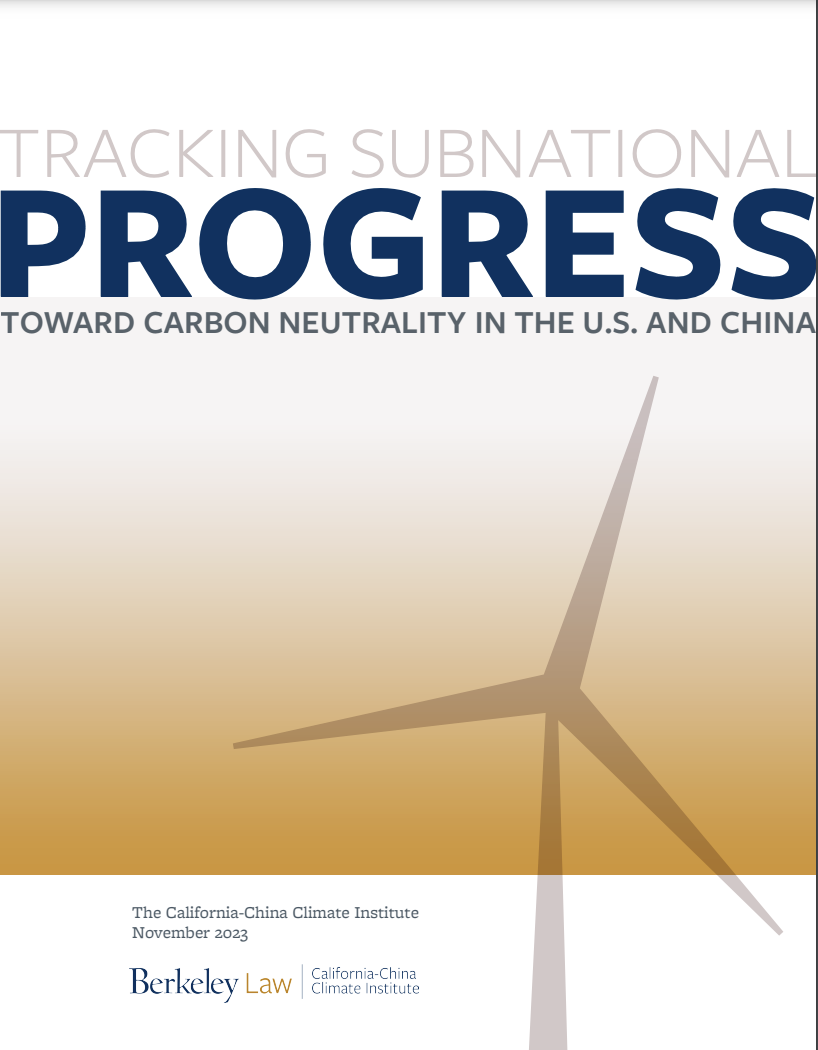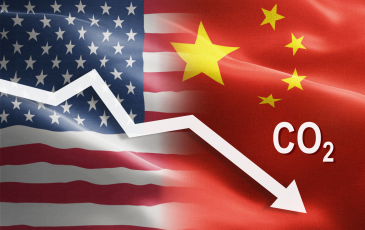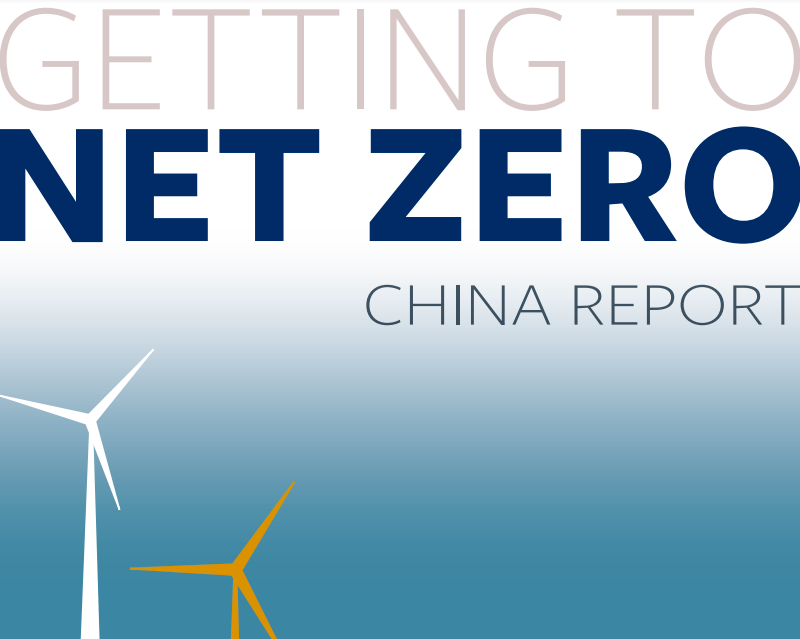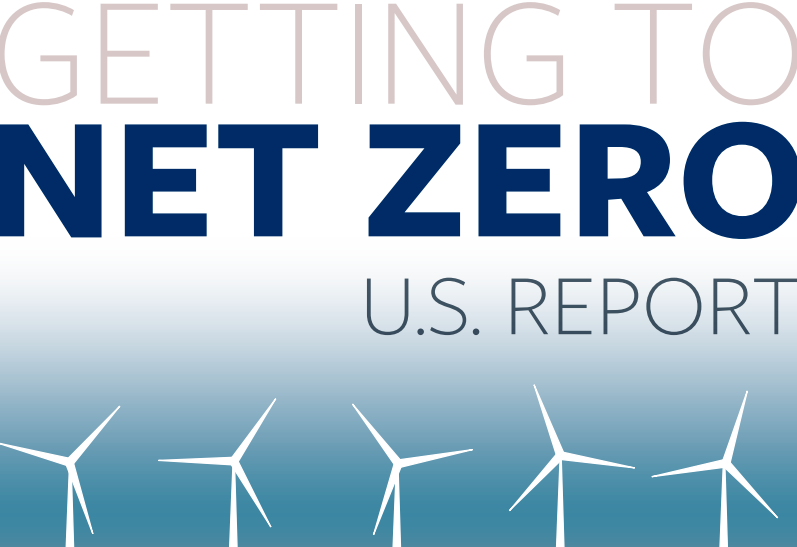DESCRIPTION
The United States, California, and China have committed to carbon neutrality by mid-century, a necessary goal to meet the Paris Agreement’s 1.5-degree Celsius commitment. While these long-term goals have been set, our research seeks to inform the development and implementation of decarbonization policies to achieve them. Our work analyzes the various pathways to reach our carbon neutrality goals, the ways that China and the U.S. can work both collectively and independently, and focuses on the role of subnational governments to implement and carry these national policies forward. It aims to provide policy recommendations for decision-making at the national and state/provincial levels, with focuses on the energy, industrial, building, transportation, and natural and working lands sectors. It seeks to identify key technology, policy, and research gaps for achieving carbon neutrality and opportunities for pathways forward. In addition, we use this research to inform technical workshops and training sessions designed to support capacity-building.
PUBLICATIONS
 |
Tracking Subnational Progress Toward Carbon Neutrality in the U.S. and China This report develops indicators and 2035 milestones for each indicator to track progress by U.S. states and Chinese provinces toward mid-century carbon neutrality goals. It builds on a 2021 report, Getting to Net Zero, which developed a framework for supporting coordination on carbon neutrality between the U.S. and China. |
 |
Peaking by 2025: Aligning Climate and Energy Goals in China’s 14th Five-Year Plan This report examines a potential trajectory for China to achieve its emissions peak early, by 2025, or the end of its current 14th Five-Year Planning process. It offers an analytic framework for the combinations of emissions and energy targets that would be needed to reach this more stringent goal. |
 |
Priorities for U.S.-China Subnational Partnerships on Carbon Neutrality Recent carbon and climate neutrality commitments from a growing number of countries and regions —China, the EU, Japan, South Africa, South Korea, the UK, and the U.S. — represent a sea change in global momentum for tackling climate change. |
 |
The Long and Bumpy Road to Deep Decarbonization: Assessing Net-Zero Pathways in the U.S. and China Two new reports published by the California-China Climate Institute seek to provide insights into carbon neutrality pathways by reviewing the latest deep decarbonization literature for both the U.S. and China, respectively. This piece summarizes the two reports. |
 |
This report reviews the latest mid-century energy transition literature for China. The third report in the "Getting to Net Zero" series, it provides a comparative analysis of ten different pathways toward China’s carbon neutrality goal. |
 |
This paper is a review of the latest literature on decarbonization pathways for the United States. The second release in the "Getting to Net Zero" series, it examines five major national studies and two state-level analyses, finding parallels among them. |
 |
Getting to Net Zero: U.S. -China Framework and Milestones for Carbon Neutrality This series explores ways in which the United States and China can coordinate their near-term and mid-term efforts to achieve carbon neutrality by around the middle of this century, based on a review of deep decarbonization pathways studies in both countries. The series includes three reports: a synthesis report that develops a framework and recommends milestones for U.S.-China coordination on carbon neutrality, and two supporting reports that review and analyze recent deep decarbonization studies in the United States and China, respectively. This is the initial synthesis report. |
 |
China's 2060 Climate Neutrality Goal: New Horizons for California-China Cooperation on Climate On September 22, at the United Nations General Assembly, China’s President Xi Jinping announced that China would achieve “carbon neutrality before 2060” and that China would strive to peak carbon emissions “before 2030.” This pledge is a watershed moment for global efforts to address climate change. It is the first time that China, the world’s largest emitter, has committed to a long-term greenhouse gas emission reduction target. Notably, the announcement came directly from China’s President. |
RECENT ACTIVITIES
To see more of our carbon neutrality related events, visit our Youtube channel: https://www.youtube.com/channel/UCCuFFrHgOFHXeeYmGFKTHGA/featured

